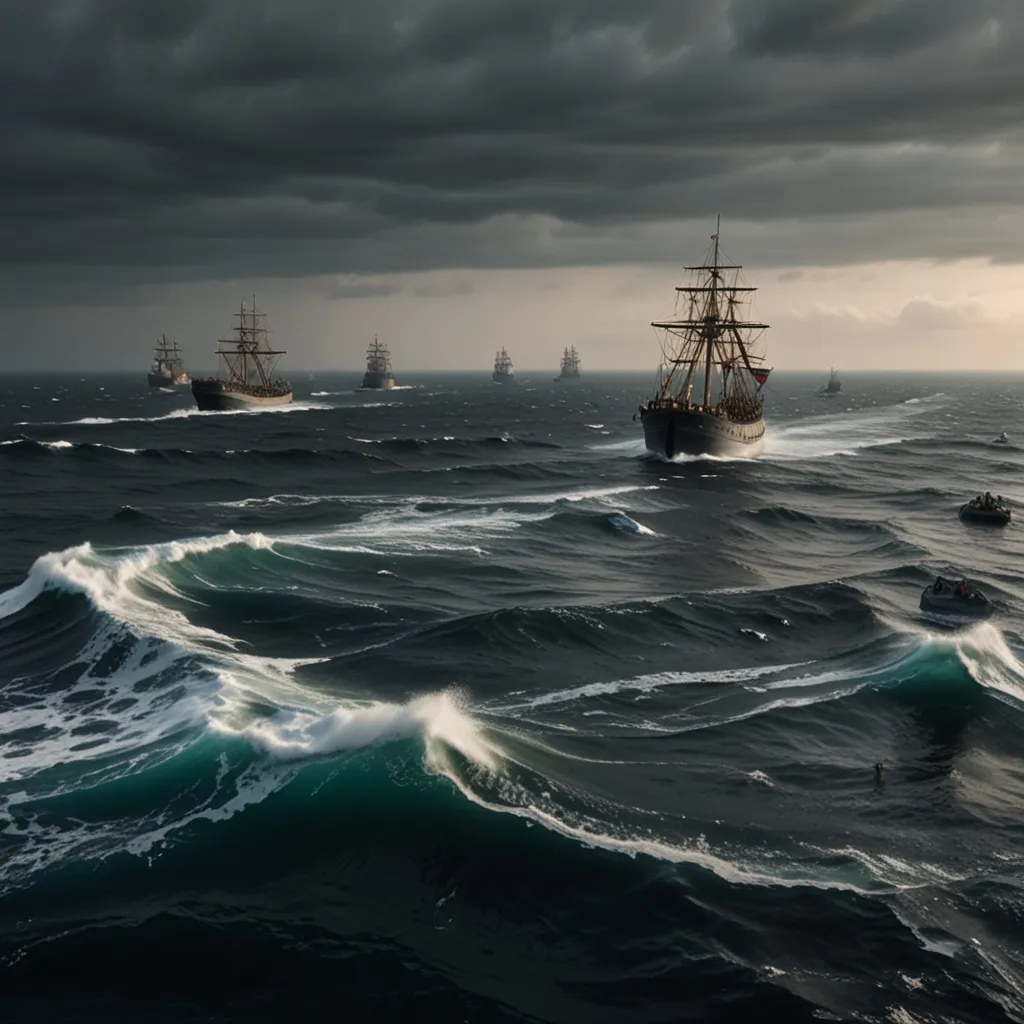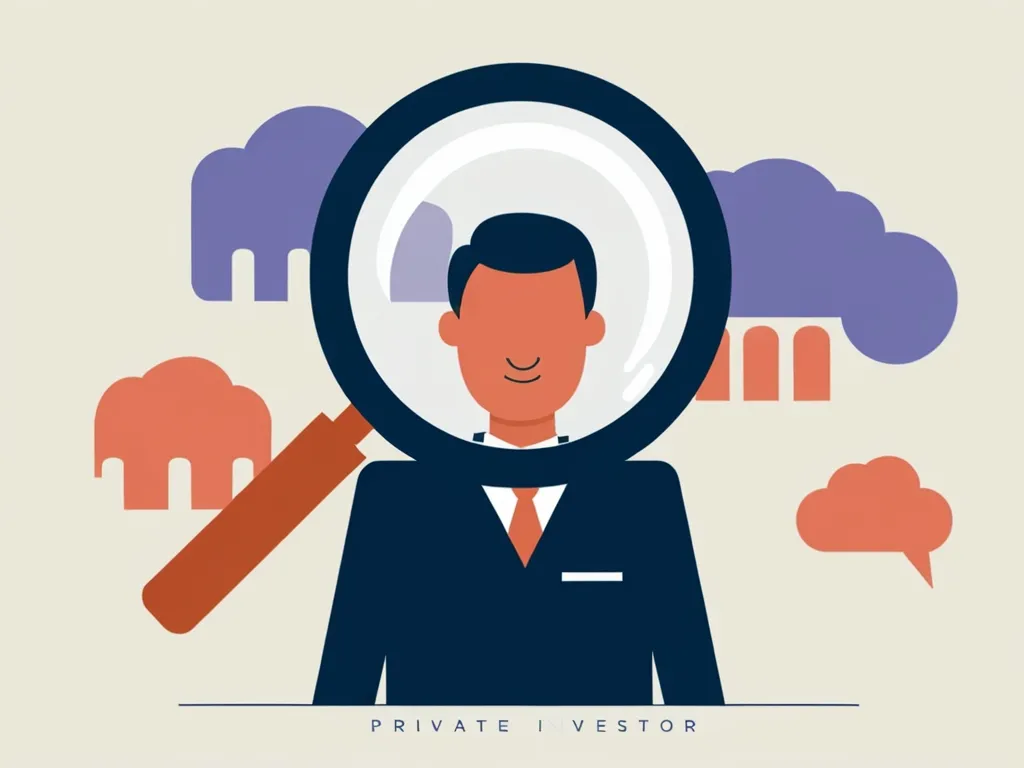Forget what you think you know about Christopher Columbus being the first guy to discover the Americas. Spoiler alert: he wasn’t. Heck, he wasn’t even the first European to stumble upon these lands. What he did do, however, was report back to Europe about his findings, and that little detail changed the course of history. Columbus’s infamous voyage set off a chain reaction that sealed the fates of two continents. The real magic trick here is figuring out how Columbus managed to secure the funds for his trip, essentially writing a blank check that would rewrite history.
By the time Columbus got his stuff together, the Age of Exploration was already in full swing. European nations were basically throwing money at explorers in hopes they’d find new lands—and get rich in the process. The main prize? New routes to the endlessly wealthy Asian empires of India and China. With the fall of the Mongol Empire, the land routes to Asia had become treacherous, so the Europeans decided to go by sea. Among those eagerly seeking a new path to Asia was Spain. These rulers, fresh off their victory over Muslims and Jews during the Reconquista, now wanted a piece of the global action.
Spain’s next-door neighbor, Portugal, had already claimed a big win by finding a sea route to India via the West African coast and around the Cape of Good Hope. Spain desperately needed to catch up. Enter Columbus, who pitched the wild idea of sailing west across the Atlantic instead of circumnavigating Africa. It sounded feasible on paper, but it had serious flaws; Columbus incorrectly believed the Earth was much smaller than it actually is.
Columbus pitched his ideas far and wide, but experts from Portugal, England, and France all came to the same conclusion: sailing westward was a pipe dream. They flat-out rejected his proposal. Stubborn and determined, Columbus kept at it for almost a decade. Finally, he approached the Spanish Crown, and after a couple of rejections, he hit the jackpot. The Spanish weren’t so much swayed by the economic merits of the plan as they were by a sense of religious fanaticism. Fresh off their success against Muslims in Iberia, Spain was itching for more victories, especially over the powerful Ottoman Empire. They figured if they couldn’t attack head-on, they might as well launch a surprise from the other side of the world. This was a huge part of why they greenlit Columbus’s mission.
They not only funded his voyage but also made him a bunch of promises—like 10% of whatever riches he could find, a noble title, and the governorship of any lands he discovered. Not too shabby, right? The expedition’s actual cost turned out to be fairly modest, amounting to about $1 million in today’s dollars. Columbus equipped three ships for the journey: the Nina, the Pinta, and the Santa Maria. The Santa Maria was the biggest, capable of carrying 110 tons of cargo. Based on similar ships from that period, it’s estimated to have cost around $1.3 million in today’s terms. Factoring in the other two smaller ships, the entire venture likely cost around $3 million.
Despite the funding and official blessings, Columbus wasn’t the seasoned explorer you’d expect. Sure, he was a skilled navigator, but he’d never ventured into unknown territories before. His biggest prior expeditions were to Iceland and Ireland on what were essentially business trips. Now, here he was, leading three ships and 90 men on a mission to the edge of the known world. No surprise, the trip nearly ended in disaster multiple times.
The voyage started well enough, with the fleet sailing southward to the Canary Islands to catch more favorable trade winds, which sped up their journey. But Columbus’s faulty math meant their days turned into weeks without any sight of land. The crew got antsy and mutinous, wanting to turn back. Picture Columbus as that startup CEO who’s always broke but insists to his team that they’re on the brink of success. He managed to talk his crew into sticking it out, and just in the nick of time, they spotted land.
Well, technically, someone else spotted it first, but Columbus took all the credit later. But merely finding land wasn’t going to cut it. He needed to bring back tangible proof of his achievements. After planting the Spanish flag, he sailed to Cuba, mistakenly thinking it was Japan. At least there, he found some gold to show off when he got back.
The return journey was no cakewalk either. The Santa Maria sank after hitting a reef, leaving the crew to return with just two smaller ships. Nearly six months after setting sail, they faced another hurdle—a severe storm forced them to seek refuge in the Azores, held by Portugal, Spain’s fierce rival. They were arrested but Columbus managed not only to get released but also scored a meeting with the Portuguese King.
When he finally returned to Spain, Columbus was treated like a hero. He penned grand stories of his discoveries, boasting about reaching Asia and hinting at untold riches. This, naturally, made it a lot easier to secure more funding for a second voyage. This time, he didn’t go as an explorer but as the leader of a formidable fleet built to conquer and colonize.
Here’s the kicker: many seasoned explorers of that era failed in their quests and often met tragic ends. Yet Columbus, someone who got the math and geography all wrong, ended up being celebrated for accidentally landing on a whole new continent. Reality can be stranger than fiction, indeed.






